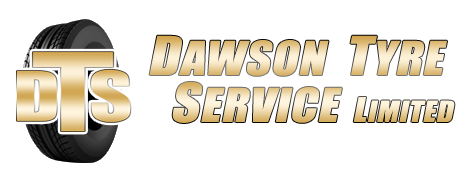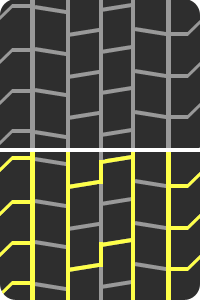
Tyre Information
|
Tyre Sidewall Explained |
Commercial Tyre Regrooving and Retreading |
||||||||||||||||||
|
Retreading and Regrooving commercial truck and PSV tyres makes
sound economic sense. However, precautions must be taken to ensure that the
process leads to safe tyres. Regrooving
Commercial Truck and PSV Tyres
It is legally acceptable to re-groove tyres
for the following vehicles as long as the original tyres were suitable for
regrooving:
·
most trucks, goods
vehicles and PSVs over 2 ½ tons unladen weight
·
all electrically
propelled goods vehicles · all but the smallest trailers
Regrooving should only be done by a fully trained, professional
operator. Manufacturers provide regroove tread patterns for their tyres. It is
illegal to recut a tyre to any tread pattern other than that shown in the
manufacturer's regrooving manual.
Re-grooving of tyres should be carried out when the depth of the
original tread has worn down to between 3mm and 4mm and in accordance with
manufacturers' recommendations.
After regrooving, a tyre must be free of any defects, cracks,
separations or exposed ply or cord.
Only tyres in good condition can be regrooved: When a tyre shows
signs of irregular wear, perhaps through incorrect wheel balancing or steering
geometry problems, it should not be re-grooved. Always check the tread depth at
several places around the tyres and make sure all regrooving is based on lowest
depth found. Retreading
tyres
January 2005 saw the introduction of EC109 Standard for Retreading
introduced. The new standards require the compulsory testing of retreads and
remoulds similar to standards set for new tyres. Repairing
Tyres and checking for tyre damage
There is a strict British Standard for tyre repairs (BS AU159c),
which means any repairs must be carried out by a professional operator. When a
tyre is punctured or damaged in any way it must be carefully examined on the inside to make sure
there are no hidden faults.
Damage is not always apparent from a casual examination of the
outside of the tyre. If you suspect damage, internal examination must be
carried out.
Externally applied plugs and sealants are out. No tyre
manufacturers accept responsibility for problems arising from their use. Tyres
deteriorate with age and with mis-use
Tyres do deteriorate with age. This shows as cracking of the
sidewalls of the tread rubber. Bad suspension alignment can lead to drastically
uneven wear. Another cause of unnecessary tyre deterioration is bad driving. Riding kerbs, excessive braking and harsh cornering all lead to expensive tyre wear - bad driving costs money.
|


